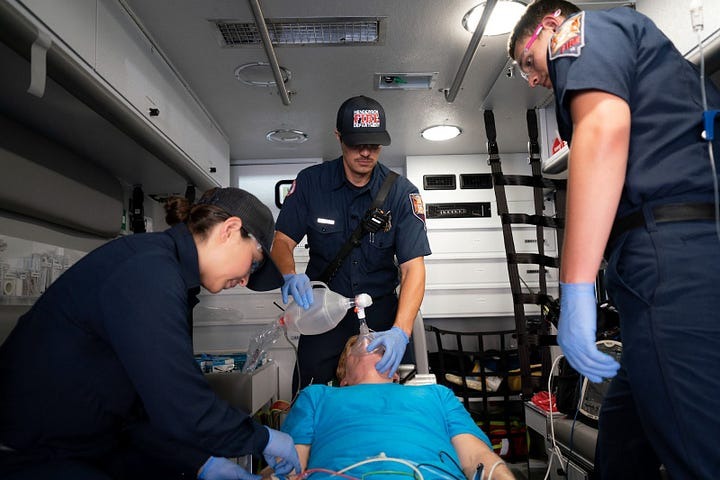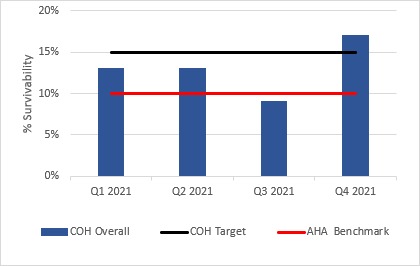Reno, NV, USA
For A Better City Sewer System, Start with Better Data
Project Type:
Infrastructure and Utilities, Technology

At a Glance
7 – Number of processes (including paper-based ones) combined through an internal platform that helps manage a range of city operations.
13 – Number of sewage overflows that occurred in the city in 2023—down from 23 in 2017 resulting in a 43.5% decrease.
When employees retire, cities run the risk of losing valuable, specialized knowledge—and that can disrupt smooth service delivery as departments spend more time reacting to problems instead of anticipating them. Consider sewage infrastructure maintenance. Without easily accessible data detailing when each city-owned sewer main was inspected and cleaned, and which lines are more prone to blockages, overflows become more likely.
In May 2023, Reno launched a new cloud-based enterprise-wide platform that captures data from Maintenance & Operations Department (M&O) teams, as well as other departments. Called ServiceNow, the platform collects and organizes everything from work order details (which had been spread across multiple software systems) to service requests made by residents through Reno Direct, the City’s nonemergency service center. With a wave of retirements on the horizon in M&O, which manages the sewer system, the City’s investment in data management upgrades will be essential.
“Data-driven governance is all about making sure our resources are provided where and when they are needed most. With data centralized and easy to access, we’re not just saving time and money, we can deliver better services and outcomes to our residents.”
“Data-driven analyses to guide decisions are absolutely essential. We can’t afford to go with a gut instinct or take a guess when it comes to resource allocation. I don’t have millions of extra dollars floating around.”
Now M&O has the tools to closely track all the work its teams are doing in one place—no more paper-based processes, such as sewer line maps marked up with a highlighter. The City’s GIS software is integrated into ServiceNow, allowing teams to enter exactly where both maintenance work and overflows occur. With detailed, nearly real-time data at hand, M&O leaders can keep tabs on high-frequency problem pipes and better predict maintenance needs.
The Department is also more efficient now that all sewer system maintenance team members speak the same data language. The City paid for employees who conduct sewer line inspections with remote-controlled cameras to complete a pipeline assessment certification program. Assessment codes entered into ServiceNow are now consistent and accurate. Cleaner, more reliable data has helped strengthen sewer system maintenance, contributing to the steady drop in the number of overflow events Reno has seen in recent years.
The City’s commitment to leveraging the power of data goes beyond M&O. In June, its Clean & Safe Program, an effort focused on connecting unhoused people to housing and various services, launched a new mobile app integrated with ServiceNow. Outreach workers can easily enter individuals’ demographic data, contact community resources, and access digital case files. Now the City is analyzing trends to better understand the impact of housing services and identify areas in need of additional funding and support.
“With data to support your position, you can cut through people’s inherent biases and political narrative and get to ‘yes’ far more easily. Without data, you’re just arguing with people’s perspectives.”
With a data management infrastructure in place, the City is now better able to track the key performance indicators (KPIs) across departments that contribute to Reno’s strategic goals. Smooth city services lead to residents who can trust that their local government is always working to be more efficient and better serve the community.


